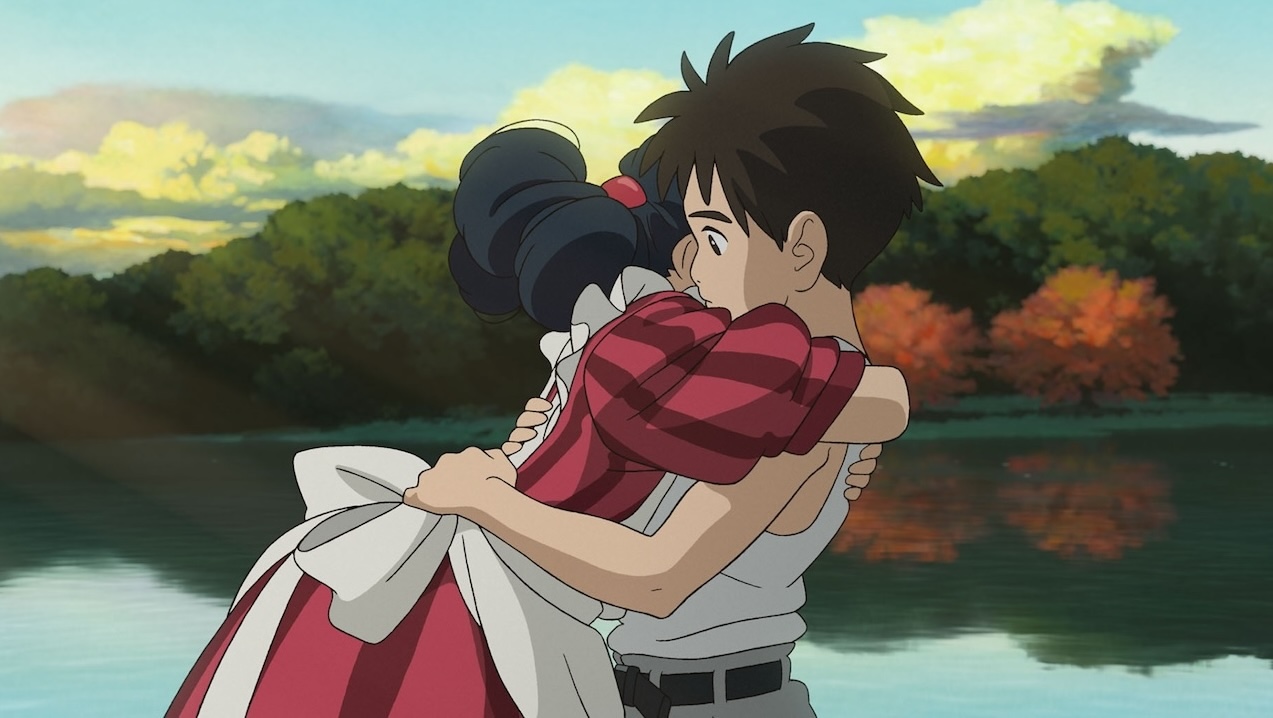Few authors today can be considered as universal as Hayao Miyazaki: his films fascinate the younger ones but contain, explicit or subtle, a variety of topics that prompt deep reflections in adults. And then, despite being strongly rooted in Japanese culture, Miyazaki’s works touch on very current themes on the one hand (the absurdity of war, the environment…) and on the other the latest (love, the protection of dignity, death …)
In light of the recent, splendid but by no means simple, The boy and the heronreturns to bookstores for Mimesis (November 2023) one augmented version of The Worlds of Miyazaki. Philosophical paths in the universes of the Japanese artista collection of multi-voiced essays edited by one of the authors, Matteo Boscarol.
The authors
It is our practice to preface each review with a short note about the authors.
However, since there are nine creators of the work here, we limit ourselves to naming them, adding that they are people who from different perspectives (there are film, literary and music critics, university professors and researchers, writers and translators) have studied Miyazaki’s work.
In addition to the curator Matteo Boscarol, The Worlds of Miyazaki includes interventions by Alberto Brodesco, Marco Bellano, Marcello Ghilardi, Andrea Fontana, Marco Casolino, Luigi Abiusi, Roberto Terrosi and Massimo Soumaré.
The Worlds of Miyazaki
The twelve short essays that make up The Worlds of Miyazaki range throughout the work of Hayao Miyazaki (who, let us remember, as well as being a director is also a producer, screenwriter and cartoonist), with particular attention reserved for The wind picks upthe master’s penultimate film (2013).
They are essays that vary in terms of topics covered and style. A couple of which, to tell the truth, perhaps have a slightly too academic tone, therefore far from the extreme freedom that can be felt in Miyazaki’s masterpieces (although complex).
For reasons of space, rather than giving an account of all the interventions, we will focus on some suggestions that particularly struck us.
Miyazaki’s consistency
In more than one essay Miyazaki’s great consistency is rightly underlined. Which, beyond the always different formal outcomes, and the aforementioned great freedom (one might say airinessthinking about the element of flight, to which we will return), always focuses on a few key themes.
But not only: in his most recent films, some scenes are more or less discovered quotes from previous works (in this sense it is precisely emblematic The boy and the heron, as Boscarol notes in the opening essay). The self-quotations are not the result of coquetry, but a demonstration of solid coherence beyond the wildest concessions to visual and narrative imagination.
Flight and music
That behind freedom in Hayao Miyazaki’s films there are solid architecture is demonstrated by the interconnected themes of flight and music.
Flight is omnipresent in the director’s films firstly for biographical reasons (his father had an aircraft component factory), but also because it testifies to the desire for adventure and discovery. And it is never an escape, as Ghilardi rightly writes in his essay.
And the flight is perfectly counterpointed by the music of the great Joe Hisaishi, faithful composer to Hayao Miyazaki (and, until 2002, also to Takeshi Kitano). Marco Bellano, also a pianist and composer, explains it very well, analyzing a descending melodic cell of four notes, typical of Hisaishi, which often accompanies the evolutions of the many planes or animals that cross the skies in Miyazaki’s films.
Bellano also identifies a musical self-quotation present in The wind picks up and taken from Castle in the sky.
The mobility of the world
There are numerous ideas offered by The Worlds of Miyazakiwhere we read acute considerations, for example, on the relationship between Miyazaki and pacifism, or technology.
But perhaps the most persuasive intuition, which Boscarol writes about in another essay, concerns the different ways in which Miyazaki shows us the mobility and variety of the world, which in its case also includes unprecedented possibilities of hybridization. It does it through flight and technology, precisely. But also thanks to the presence of non (or not entirely) human characters: those who have seen the film think of the curious gray heron that The boy and the heron contains within it a human being.
This openness to the unusual, even to the beyond-human, together with the omnipresent movement in Miyazaki’s works, “means first of all embracing change, or rather: riding the transformation of all things” (p. 151). AND accept life in all its complexity and elusiveness.
Stay updated by following us on Google News!
